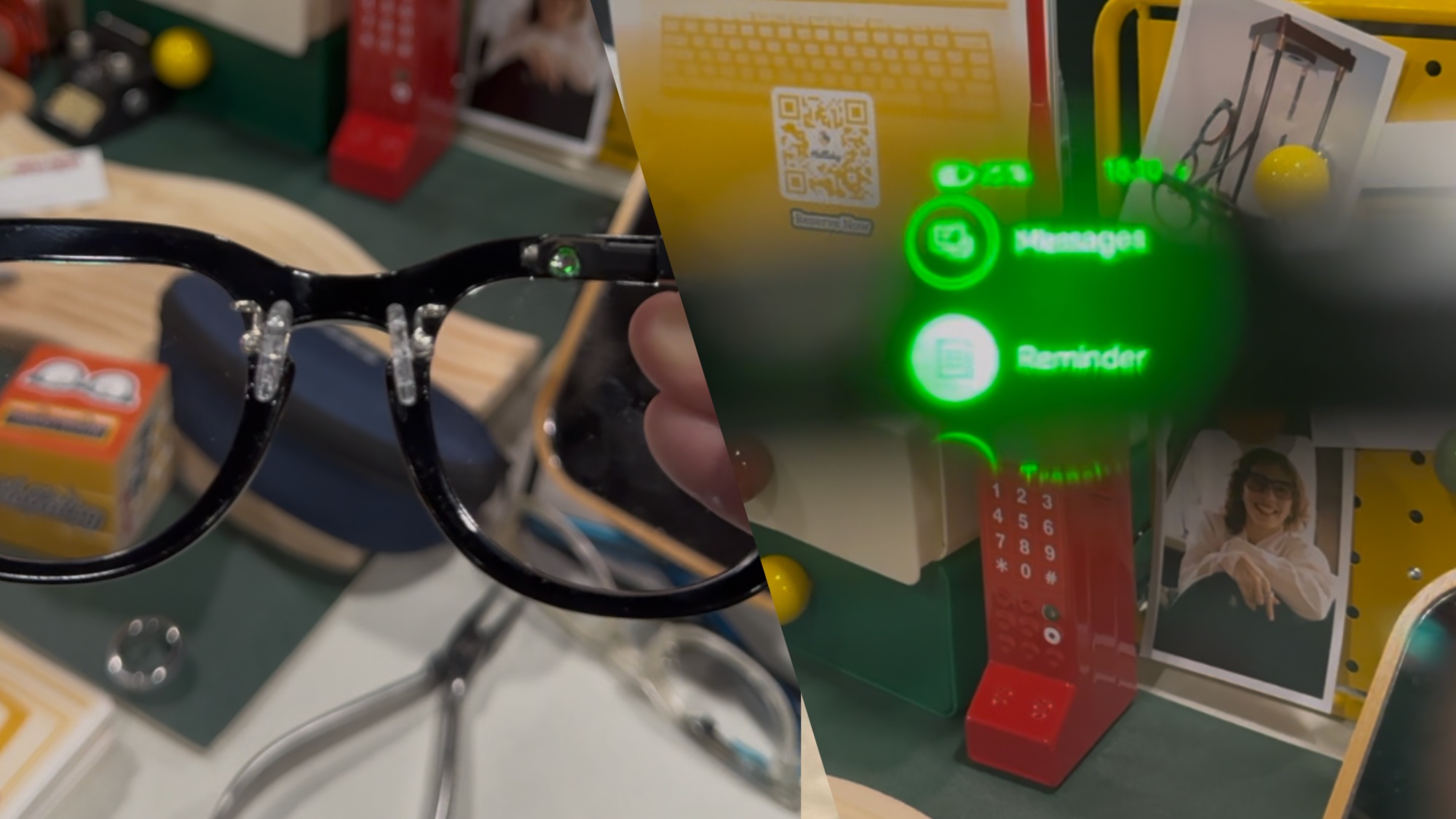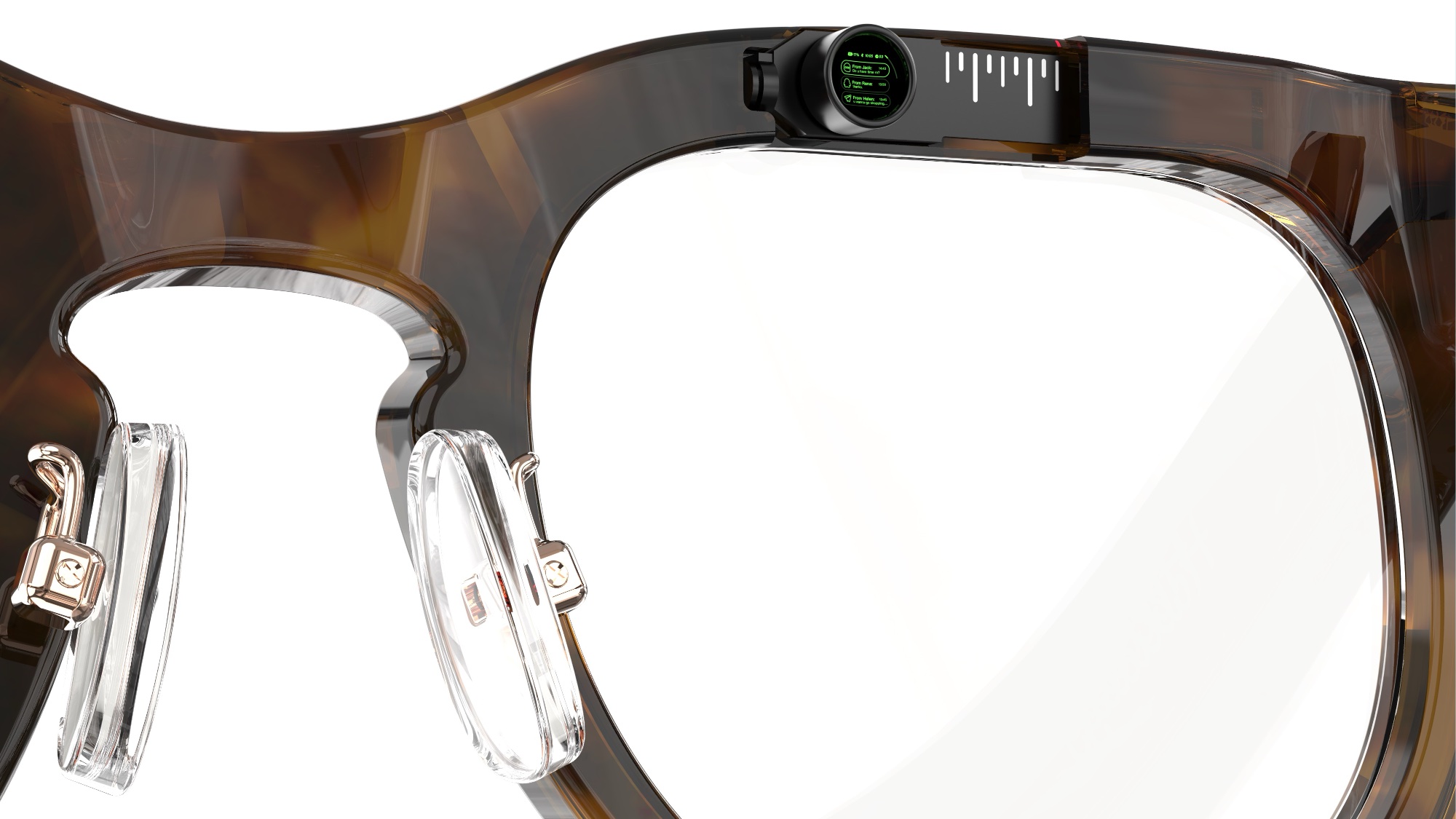The smart glasses of tomorrow will have a built-in display, and we know that when we look at exciting prototypes like Meta’s Project Orion AR glasses. But the Halliday Smart Glasses are a real product that take a different approach to showing you information on the fly — using a near-eye display module that projects right into your natural field of vision.
Tom’s Guide at CES
Follow our CES 2025 live blog for all the biggest tech and gadget news straight from Las Vegas. And be sure to follow Tom’s Guide on TikTok for the coolest videos live from the show.
I got a chance to take a test drive of the Halliday Smart Glasses at CES 2025, which will cost $489, and I came away impressed with the technology and its potential. But this product is a bit rough around the edges ahead of its end of Q1 launch.
@tomsguide
♬ original sound – Tom’s Guide
What makes the Halliday smart glasses different is its so-called DigiWindow technology. It essentially beams information to your field of vision without a lens. The result is what looks like 3.5-inch screen in the upper-right corner of your field of view.
The company claims that the Halliday glasses work well even when outdoors in bright sunlight. And while there’s a built-in interface on the fames themselves (double tapping, swiping etc), there’s also a separate trackpad ring that lets you navigate the interface.
Proactive AI — it’s kind of like cheating at life

So what can you do with the Halliday smart glasses? I got a chance to try out a couple of demos, including real-time translation (Chinese to English). The words appeared in the mini display almost immediately after they were spoken.
But it’s the proactive AI aspect of the Halliday glasses that appears to be the true selling point. The glasses can analyze conversations you’re having and answer questions or offer insights — including factchecking the person speaking to you.
During a meeting, for example, the Halliday “can answer complex questions, summarize key discussion points and generate summarized meeting notes afterward,” according to the company press release.
What else can they do?

The Halliday glasses connect to your phone over Bluetooth and offer a range of other helpful features, including audio memo captures and summaries, notifications with instant replies and a teleprompter mode. These specs can also do real-time navigation and even display lyrics while playing music.
The best part for me is that the glasses were incredibly light and didn’t feel like smart glasses. But I have to admit that the field of view was narrow and a bit finicky to find that sweet spot.
The Halliday smart glasses are indeed clever, but I would want to test out a final version before recommending them, especially since the Ray-Ban Meta smart glasses are much cheaper at $299 — albeit without a display Stay tuned for a full review.











